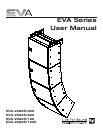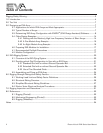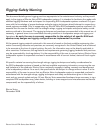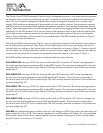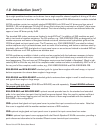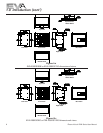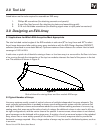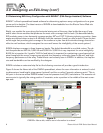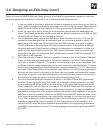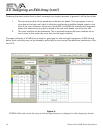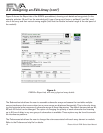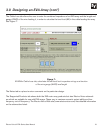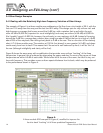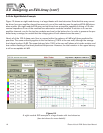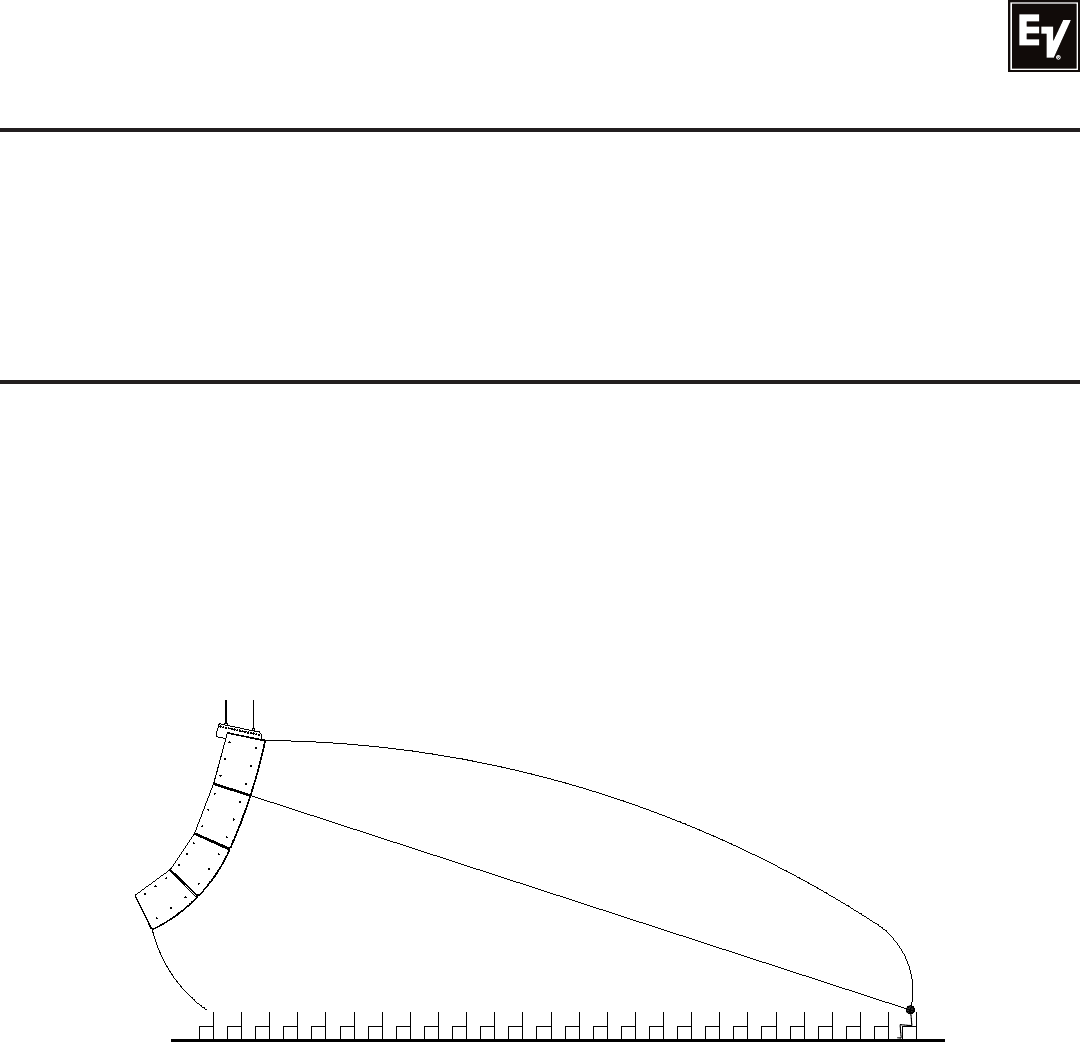
Electro-Voice® EVA Series User Manual 7
2.0 Tool List
Listed below are the tools required to assemble an EVA array:
1. Phillips #2 screwdriver (for attaching cosmetic end panels).
2. 6-mm Allen (hex) wrench (for attaching tie plates and assembling grids).
3. 3/16-inch flat-blade screwdriver (for attaching signal wires to input-panel connectors).
3.0 Designing an EVA Array
3.1 Applications for Which EVA Arrays Are Most Appropriate
The total included vertical angles of the EVA modules in side view (6° for long throw and 20° for short
throw) were determined after making many array simulations with the EVA Design Assistant (EVADA™)
software (described in some detail below). Optimum maximum throw distance for uniform front-to-back
coverage is 100 ft ±25 ft.
In side view, a quick rule of thumb for aiming a three- or four-box array in a venue with a flat floor is to have
a line running through the intersection of the top two modules intersect the head of the person in the last
row. This situation is shown in Figure 2.
3.2 Typical Number of Arrays
Line-array systems usually consist of vertical columns of multiple independent line-array elements. The
most common implementation is probably a stereo sound reinforcement system with two columns (left
and right). Additional columns are sometimes added to cover different seating sections of a venue, e.g.,
seating areas that wrap around the side or back of a stage. An additional column is also used in left-cen-
ter-right configurations, with the center channel for speech. In some venues, where stereo is not desired,
good coverage can be obtained with a singe array. A variation of such a monaural system is the exploded
array, where two or more widely spaced (on the order of 10 ft or more) arrays are used to provide the
horizontal coverage required. Also, a large number of arrays may be used in distributed systems, such as
in an arena.
Figure 2:
Rule-of-thumb for aiming three- and four-module EVA arrays



